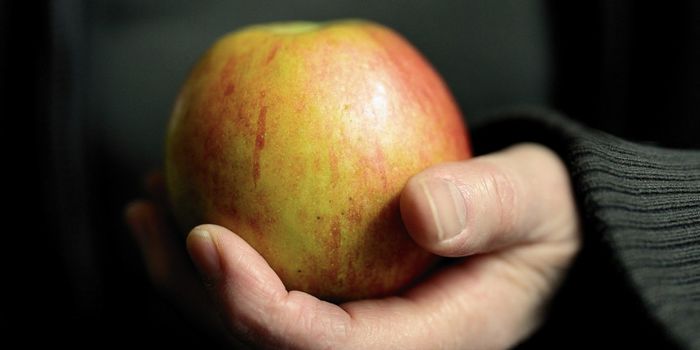Technology One-Ups Poachers Yet Again
Poachers have long had the upper-hand over conservationists because they have the element of surprise. They also often strike at night, when light is low, and this makes catching poachers incredibly difficult. Among the animals they hunt down are elephants and rhinos, for their valuable horns and tusks, which are used for medicinal and ivory crafting purposes on a global scale.
Because illegal animal poaching is a huge problem in many parts of Southern Africa, where some of the world’s most beautiful wild creatures roam free, conservationists are taking a higher-tech approach to staying one step ahead and fighting back.
A $5 Million grant from Google, paired with additional support from the World Wildlife Fund (WWF), is making it possible for authorities to utilize high-tech drones armed with HD cameras that can find poachers from up in the skies, even at night time.
Image Credit: New York Times
These cameras can then wireless relay their video footage back to the controller via their hand-held controller, which is often a tablet of some kind. The range for drones of this category is pretty decent as well, so authorities can comb regions relatively far away from where they’re standing. More importantly, it has built-in night vision technology, which is very important given how poachers like to attack.
These drones are able to comb over the trees of forests and over the plains that poachers often have to run across to get from point A to point B. With eyes in the skies, authorities are hoping to catch poachers before they can get to the animals, which might help in the fight to save some endangered animal species from extinction.
According to the New York Times, the drone testing started back in August of last year in Malawi’s Liwonde National Park by a South-African company known as U.D.S., and so far, the testing has proven impressive. Video footage shown off by the NYT report shows what poachers look like from above. They’re are seen defensively standing in the drone’s eyesight, unable to do anything about it.
At this point in time, the drone testing is still in its premature stages. While it can spot potential poachers from up high, the surveillance system isn’t mature enough to help authorities get to the wrongdoers quickly enough. That said, it hasn’t helped to lead to any arrests just yet at this point in time.
In the future, it’s hoped that regions where poaching is common can adopt more of these surveillance drones and perhaps hire more manpower to hunt down and capture poachers before they get a chance to harm nature’s wonderful creatures.
Overall, it sounds like the concept has the potential to be an effective weapon against illegal poachers, which means saving the lives of elephants, rhinos, and other species of animals, all around the world.
On the other hand, technology isn't the answer to everything, as GPS tracking devices that are often used for conservation purposes can be hijacked by poachers to track an animal's every move in real-time.
Source: New York Times









